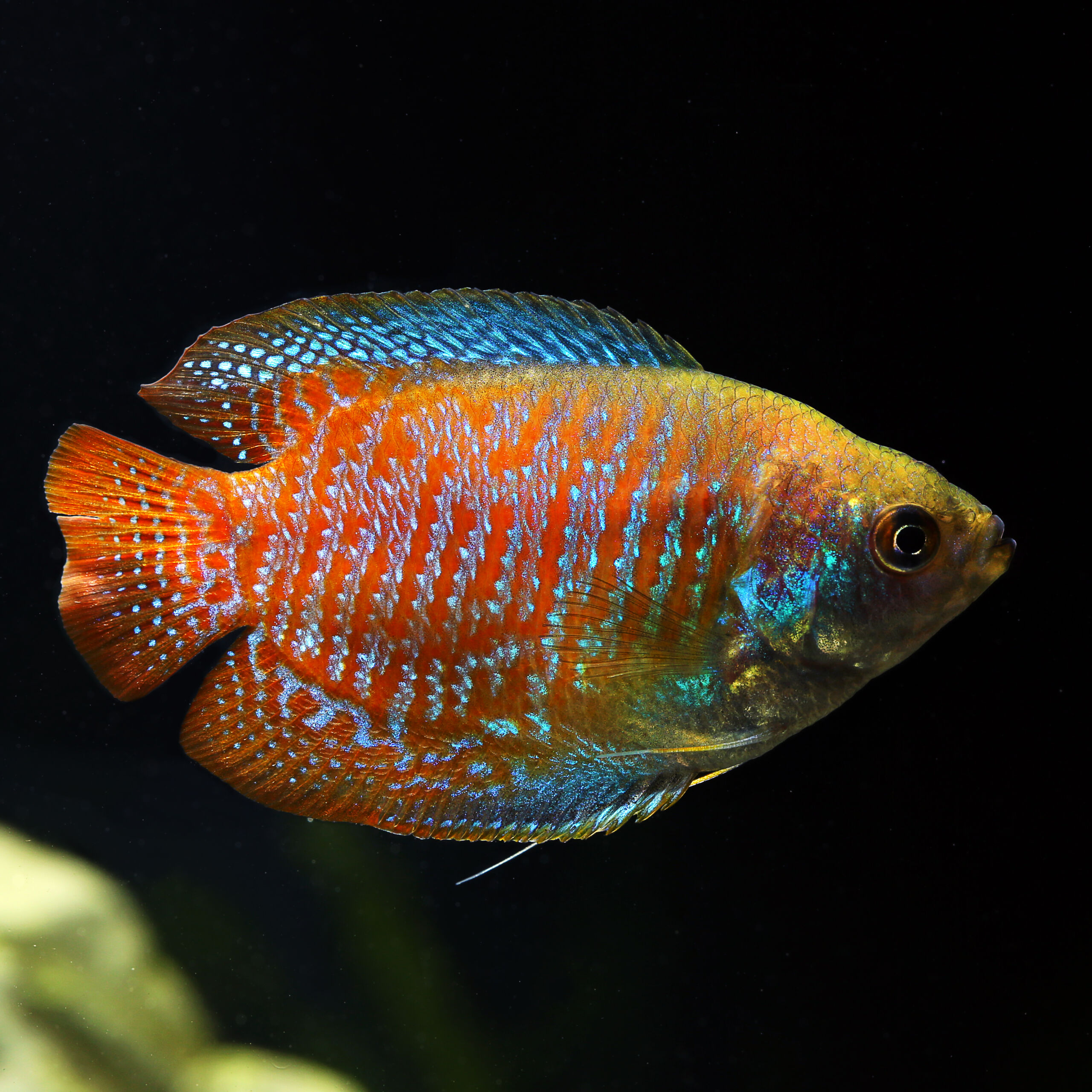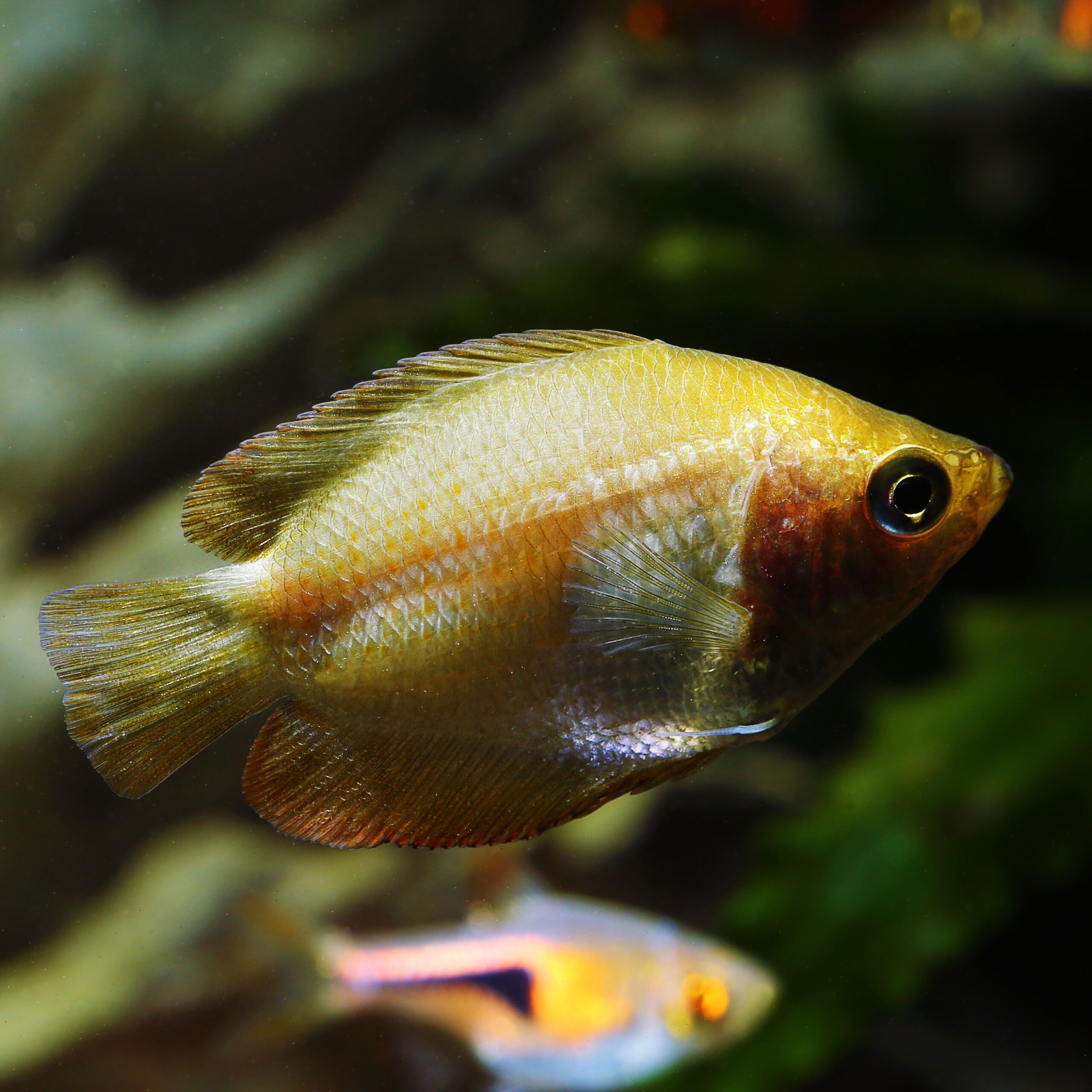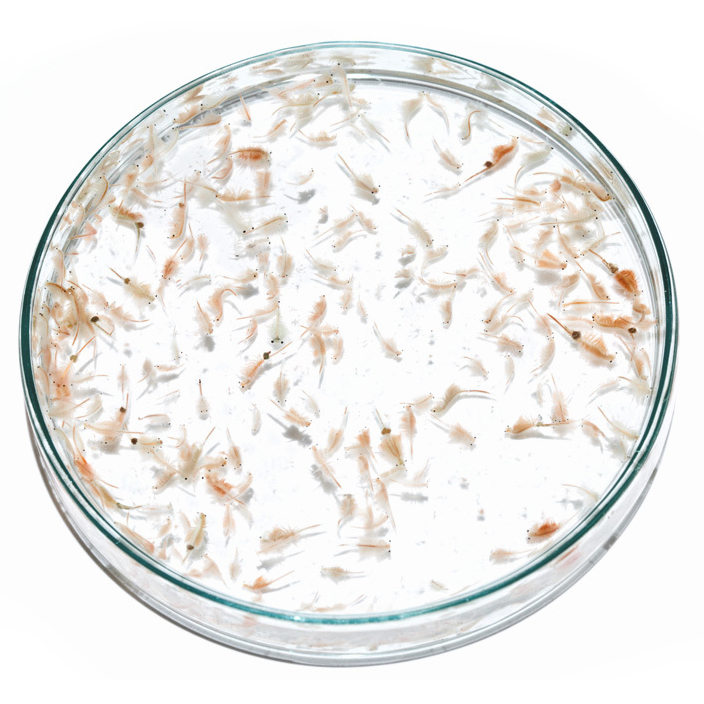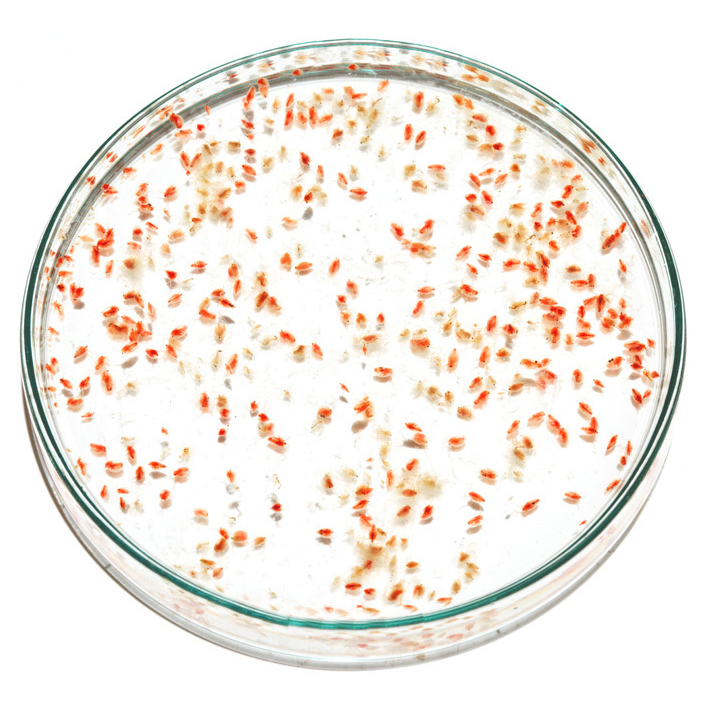Dwarf Gourami
Colisa lalia (Trichogaster lalius)
With its magnificent, bright coloring, the Dwarf Gourami is one of the most beautiful fish in freshwater aquariums.
- beautiful, striking coloring
- one of the most popular aquarium fish
- bubble nest builder
Choose your variation:
 Delivery in a few working days
Delivery in a few working days
 Free shipping from €60 across Austria
Free shipping from €60 across Austria





Important data
Product description & details
The magnificent Dwarf Gourami originally comes from India and grows to about 6 cm in size. The males in particular are known for their beautiful blue coloring with red stripes. Trichogaster lalius (also Colisa lalia) belongs to the labyrinth fish and thus has a so-called labyrinth organ with which it can breathe atmospheric air in addition to gill breathing. This helps it to survive in nature, even in low-oxygen water, such as in slow-flowing to stagnant and warm waters.
Care in the aquarium
Dense planting is a prerequisite for the well-being of the fish. In the aquarium, the Dwarf Gourami should always be kept in pairs, with smaller aquariums only having space for one pair of this territory-forming fish. A socialization with other peaceful fish should not be a problem. Sumatran barbs are not suitable for the combination with Dwarf Gouramis, since these could nibble on the gourami’s fins. Water that is as clean and unpolluted as possible is important for the somewhat more sensitive fish, which is why the water should be changed regularly and the tank should not be overcrowded. Due to its sensitivity and susceptibility to disease in suboptimal water conditions, this species of gouramis is more likely to be classified as demanding and is not recommended for beginners. When keeping this fish, it is also important to have a rather weak current or areas in the tank with little current, since a current that is too strong is not well tolerated and the foam nest built during courtship can also be destroyed.
Feeding
In nature, the Dwarf Gourami has a primarily carnivorous diet, feeding on insects that land in the water and insect larvae, as well as other small animals living in the water such as invertebrates or small fish. In the aquarium, the Dwarf Gourami can be fed small flake, frozen and live food. A diet that is as varied as possible is ideal.
Sexual characteristics and breeding
In this species, the male differs from the female in that it is larger and more colorful than its female counterpart. In order to increase the willingness of the Dwarf Gouramis to mate, the water level can be lowered (ideally to a height of around 20 cm) and the water temperature increased to around 27°C. Feeding more live food additionally stimulates the fish. Like most labyrinth fish, the Dwarf Gourami builds a foam nest on the water surface, into which the eggs are transported after fertilization and the male takes care of the brood until the young hatch.









